In the world of electronic appliances, especially those designed for personal care such as electric toothbrushes and oral irrigators, two critical risks demand serious attention: Short Circuit and Water Leakage. When these two issues occur simultaneously, the potential hazards multiply—not only threatening device performance but also putting user safety at considerable risk. Are manufacturers unknowingly playing with fire if they overlook this dangerous combination?
Water and electricity are natural enemies. A Water Leakage—whether from a poorly sealed tank, damaged O-rings, or cracked casings—can directly result in moisture reaching sensitive electronic components. Once inside, this moisture can lead to a Short Circuit, where electrical pathways are unintentionally bridged. This not only causes the device to malfunction but also increases the chance of overheating or sparking.
For OEM suppliers, ensuring IPX7 or higher waterproof standards during design and testing is the first step to prevent this chain reaction.
While either Water Leakage or a Short Circuit is harmful on its own, their combination represents an amplified threat. A Short Circuit caused by internal moisture does not only lead to product failure—it can result in fire, electric shock, or battery explosion. The device could become unsafe for users in bathrooms, which are high-moisture environments.
For B2B manufacturers, this means all electrical insulation, connector protection, and sealing methods must be rigorously validated during the prototype and mass production stages.
The convergence of Short Circuit and Water Leakage is often a result of overlooked design details, such as:
Addressing these weak points through superior material choice and precise manufacturing processes is essential for risk reduction.Company web:https://www.powsmart.com/product/electric-toothbrush/
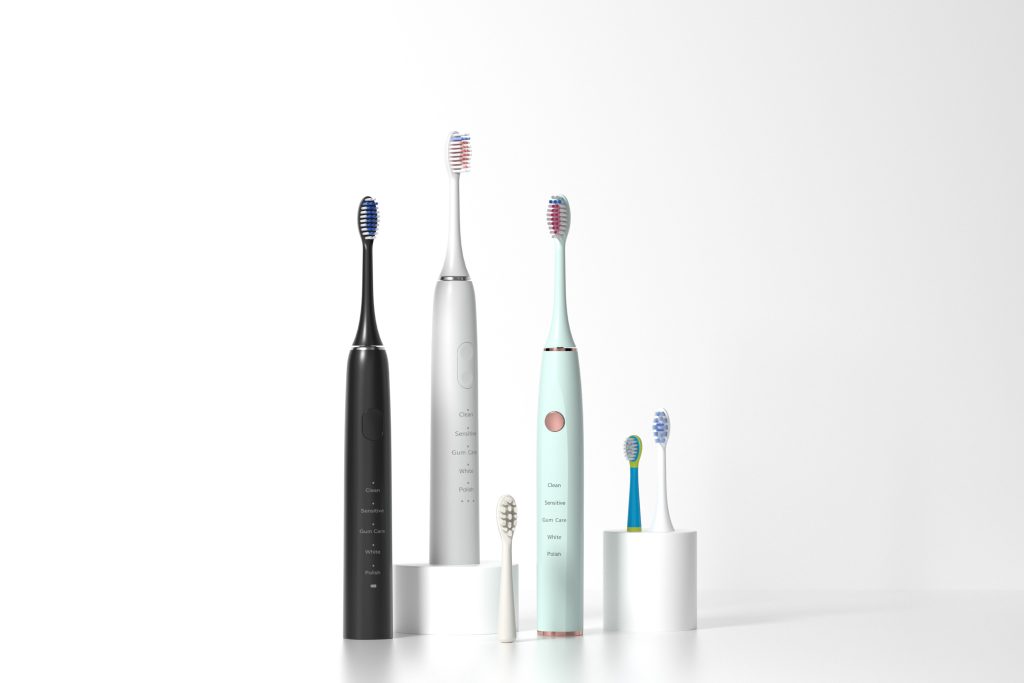
Advanced sealing technologies and materials offer powerful solutions to mitigate the twin dangers:
By integrating such innovations, manufacturers can reduce warranty claims and ensure product reputation in global markets.
For brands and OEM clients, ignoring Short Circuit and Water Leakage risks can lead to:
Long-term competitiveness demands proactive prevention rather than reactive damage control.
To completely mitigate these risks, manufacturers should implement:
Establishing these measures as part of Quality Assurance (QA) systems is essential for preventing Short Circuit and Water Leakage in shipped products.
Combining Short Circuit risk with Water Leakage is not merely a design flaw—it’s a serious safety hazard that no responsible manufacturer can afford to overlook. Through superior design, stringent material selection, cutting-edge production technology, and thorough testing protocols, B2B suppliers can deliver devices that not only perform well but also protect end users from potential harm. After all, in the battle between water and electricity, preparation determines safety. Contact us

The Characteristics of the Target Audience for Home Teeth Whitening Devices
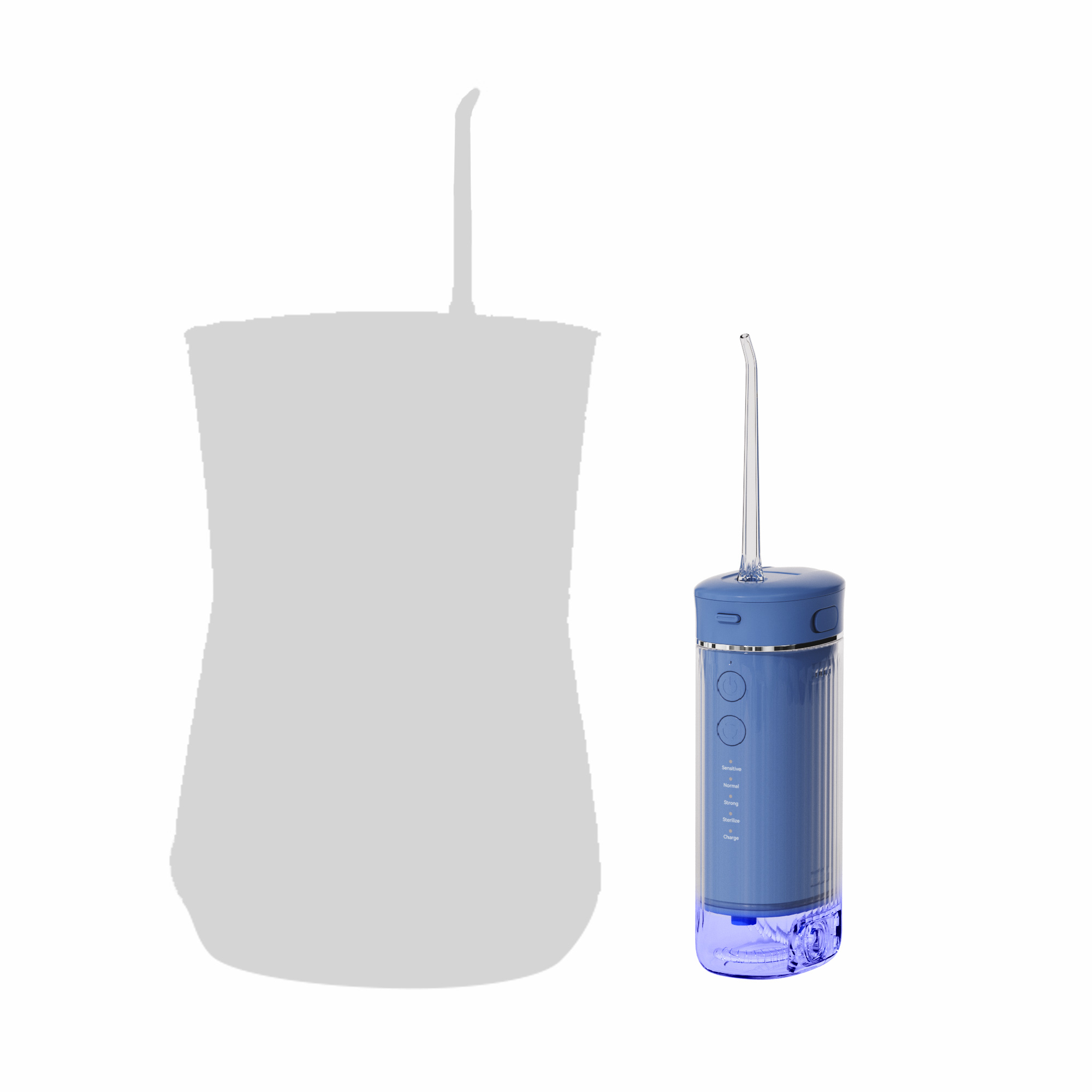
Water Flosser Working Principle Explained by a Direct OEM Factory
.jpg)
No More Missed Spots: How Our Manufacturer Ensures Your Water Flosser Reaches All Teeth
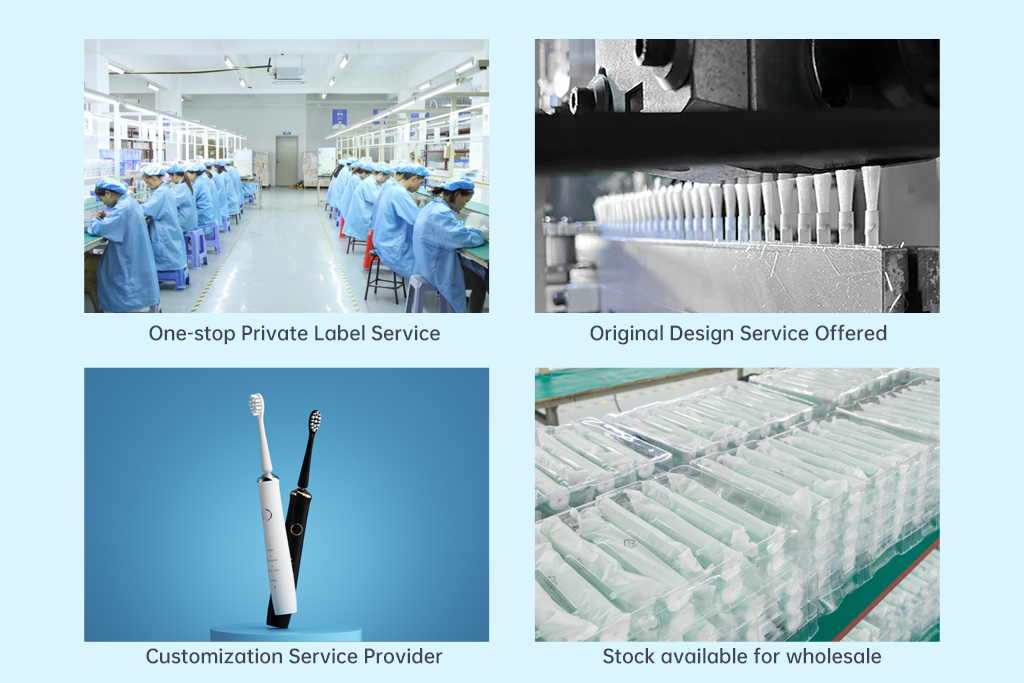
How Can Water Flosser Factories Help Brand Owners Build High-End Product Lines?

FAQ for New Water Flosser Brands: Avoiding Costly OEM Mistakes
.jpg)
Where to Find Electric Toothbrush Manufacturer Reviews to Identify the Best Electric Toothbrush for Distributors?
Timer Malfunction with Whitening Reversal – Wasted Effort?
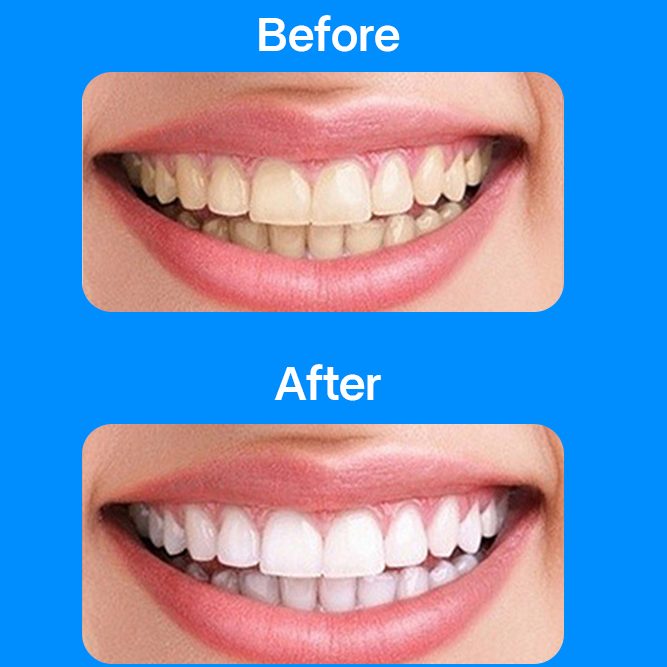
Precautions During Use – Maximize the Effectiveness of the Home Teeth Whitening Device
.jpg)
Water Flosser Price Factors & Supplier Screening: A Strategic Sourcing Guide
Sensor Failure During Overpressure Damage – Double Trouble?
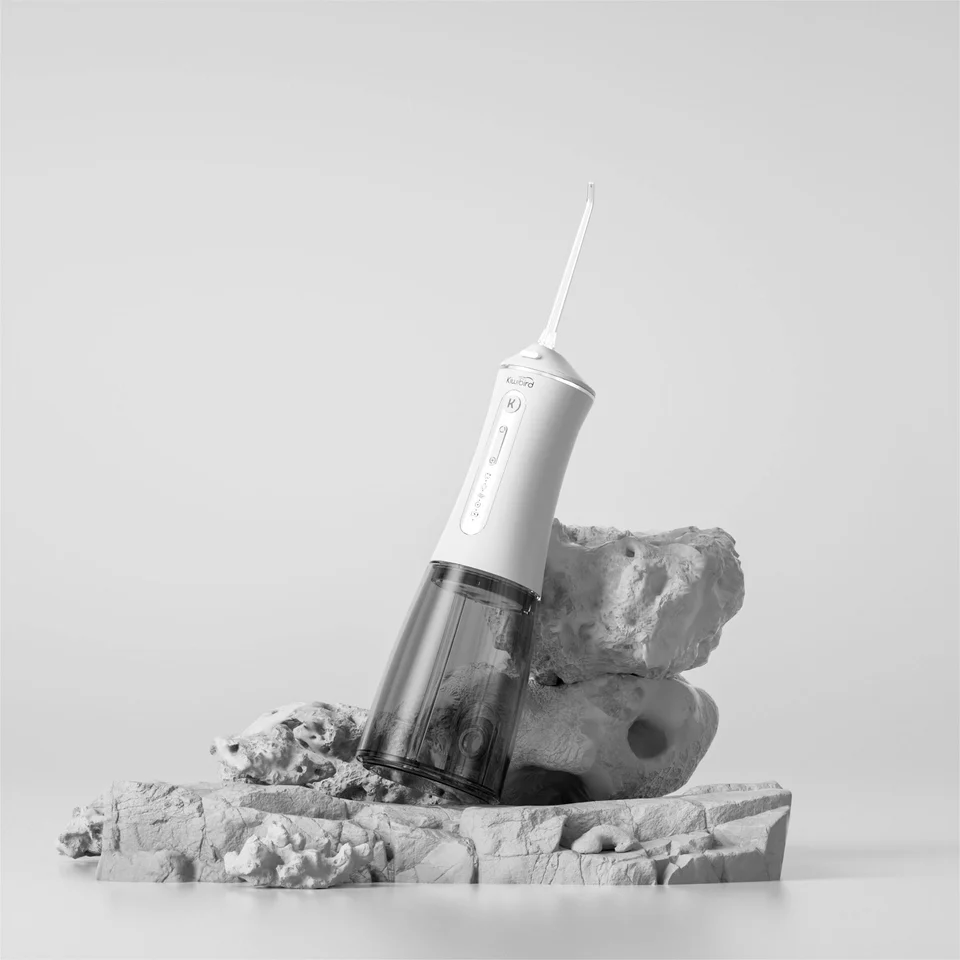
What Sets and Combinations of Oral Care Products Can Be Made to Promote Sales?
.jpg)
What Methods Can Be Adopted in Increasing the Sales of Water Flossers?
Tongue Numbness After Hydrogen Peroxide Burns – Normal?
.jpg)
No-Mess Water Flosser Design: How Our Factory Solves Splashing for Your Brand
sonic electric toothbrush Tucson
Gum Irritation or Throat Irritation – What’s the Culprit?

electric toothbrush heads Regular Clean

Electric toothbrush heads Charcoal Infused-Diamond

electric toothbrush heads Charcoal Infuse-Round

Private Label Whitening Gel

electric toothbrush heads Ultra Soft

electric toothbrush heads Deep Clean
.jpg)
Florida Electric Toothbrush – Powsmart PTR-C8

Customization Teeth Whitening Gel
whstapp
whstapp
National Toll-Free Service Hotline
+86 755 86238638